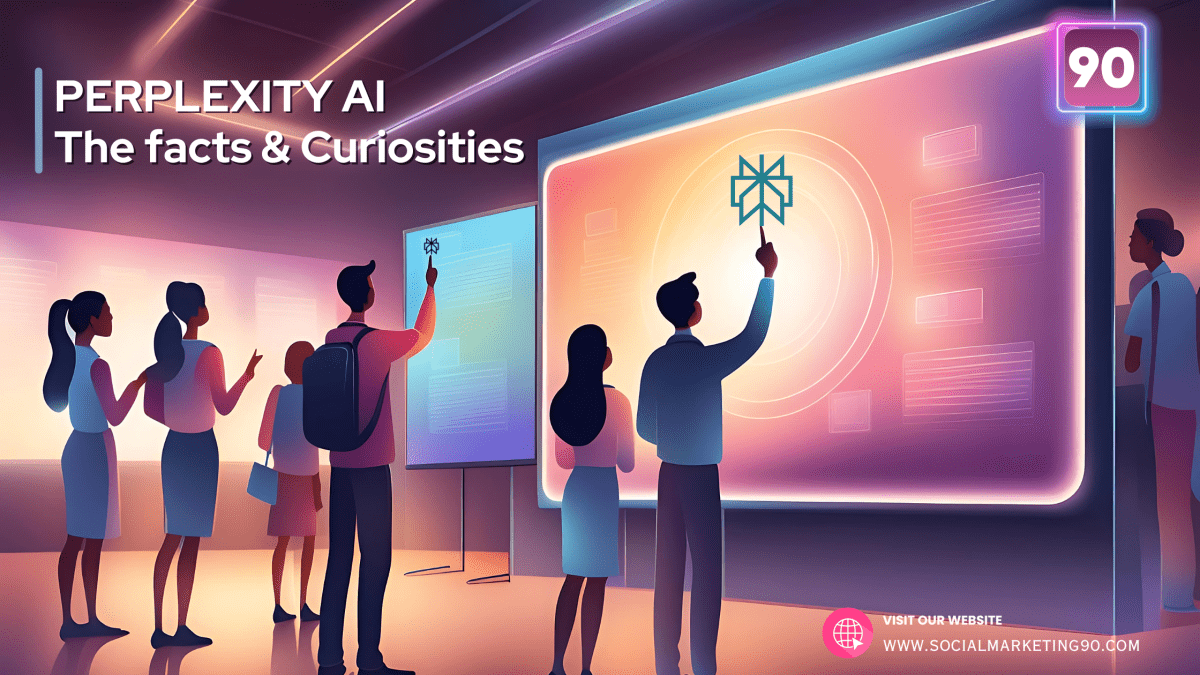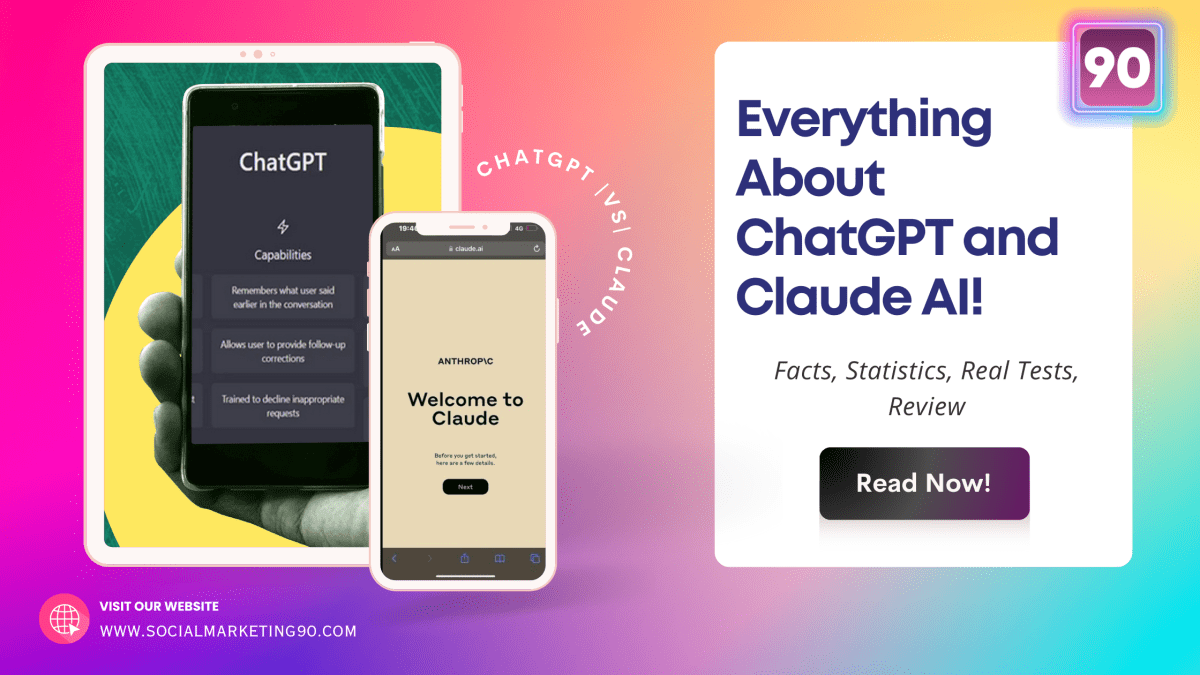In a world where language is our superpower, the ability to talk naturally is what makes us unique. People have always dreamed of making machines that understand and respond like humans.
But it’s not easy because language is complicated. Our brains get it, but computers struggle.
To bridge this gap, we’ve ventured into the world of Conversational AI. It’s like a magic key that lets machines talk to us just like people do.
It’s part of the bigger field of artificial intelligence and uses fancy stuff like neural networks and machine learning. This tech makes machines sound like us.
It’s used in various ways, from hands-free controls in cars to virtual helpers like Siri and customer support agents on the phone.
This technology is all about bringing the power of human-like conversation to our machines, making them more friendly and familiar.
Today in this article we comprehensive article, we will explore what exactly is Conversational AI, and how Conversational Ai works.
This informative piece will provide insights into the world of Conversational AI, its emerging trends, and its transformative impact on various industries.
So without delay let’s jump in.
What is Conversational AI?

Conversational AI is like giving a computer the power to understand and talk to you like a real person. Imagine you’re chatting with a virtual assistant.
Conversational AI starts by collecting information. Imagine it as listening to a conversation. When you talk to your computer or phone, it gathers all the words and sentences you say or type.
Then process further AI figures out what you’re really trying to say. It’s like understanding the context, tone, and even the sarcasm in your words. For example, if you say, “Oh, you’re coming now,” in different ways, AI can recognize the subtle differences in meaning.
Once it understands what you want, the AI has to craft a reply. It’s like composing a message or finding the right words to respond.
After preparing the response, the AI needs to present it to you. This part involves choosing the right words, adding punctuation, and making sure the message gets to you in a way that makes sense.
Siri and Alexa are good examples of Conversational AI in action.
However, they are still in a somewhat “beta” or evolving mode, which means they’re not perfect and continue to improve.
Conversational AI is the backbone of these virtual assistants. It enables them to understand your voice commands, answer your questions, and perform tasks for you.
These assistants use natural language understanding (NLU) to grasp the meaning behind your words and generate responses that make sense.
How Conversational AI Works?

Conversational AI works through a series of complex yet fascinating steps. Here’s a breakdown of how it operates:
- Gathering Information: Conversational AI starts by collecting information. It listens to what you say or type, just like someone listening to a conversation.
- Natural Language Understanding (NLU): This is where the real magic happens. NLU is like the brain of Conversational AI. It figures out what you’re really trying to say, understands the context, tone, and even sarcasm in your words. It’s similar to how humans interpret language nuances.
- Preparing a Response: Once it understands your intent, Conversational AI has to craft a reply. It’s like composing a message or choosing the right words to respond to you effectively.
- Delivering the Response: After preparing the response, the AI ensures it gets to you in a way that makes sense. This involves choosing the right words, adding punctuation, and making sure the message is presented in a user-friendly manner.
- Learning and Improvement: The more you interact with Conversational AI, the smarter it gets. It learns from your conversations and becomes better at understanding and responding over time.
- Adaptation in Real-Time: One of the incredible things about Conversational AI is its ability to adapt to your needs in real-time. It can shift from casual conversation to task-oriented interactions seamlessly.
- Multimodal Capabilities: Conversational AI goes beyond text and voice, incorporating visual inputs and outputs. This makes it versatile and useful in various domains, from healthcare to education.
Conversational AI systems, like virtual assistants and chatbots, leverage these steps to provide natural and intuitive interactions. They aim to make technology more user-friendly and human-like in its responses.
Conversational AI is like having a smart, language-savvy friend in your computer or phone that understands what you say and responds just like a real person. It’s all about making technology more conversational and friendly.
So, What Is The Difference Between Conversational AI And A Chatbot?

A key differentiator of Conversational AI, setting it apart from traditional chatbots, is its ability to engage in complex, context-aware conversations.
Conversational AI can understand user intent, tone, and context, making it adaptive and versatile. This key differentiator allows it to provide more natural and human-like interactions.
The key difference between Conversational AI and a chatbot lies in the sophistication and capabilities they offer:
Chatbot
- Chatbots are simpler and typically follow a rule-based approach.
- They can answer specific questions or execute predefined tasks.
- Chatbots often have limitations in handling complex, multi-turn conversations, like Chatbase.
- They rely on programmed responses and don’t have the ability to understand context or nuances in language.
Conversational AI
- Conversational AI is more advanced and dynamic.
- It’s capable of engaging in natural, human-like conversations.
- Conversational AI understands context, tone, and nuances in language, allowing for complex, multi-turn interactions.
- It can adapt to user needs and learn from interactions to improve over time.
What truly distinguishes Conversational AI is its proficiency in multi-turn conversations and its capacity to continuously learn and improve, making it a standout technology in the realm of human-machine interaction.
The Trend of Conversational AI

The trend of Conversational AI is an exciting and rapidly evolving one, with several key developments and emerging patterns:
- Integration Across Industries: Conversational AI is breaking boundaries and is no longer limited to one industry. It’s being adopted in healthcare, e-commerce, customer support, finance, and more. This trend is driven by the desire to provide better user experiences.
- Multimodal Capabilities: Conversational AI is no longer confined to text or voice. It’s incorporating visual inputs and outputs, making it more versatile. This trend is enhancing accessibility and user engagement.
- Personalization and Contextual Understanding: Conversational AI is getting better at understanding user context and preferences, allowing for highly personalized interactions. This trend aims to create more relevant and engaging experiences.
- AI-Powered Automation: Businesses are increasingly using Conversational AI for automating routine tasks and customer interactions. This trend leads to efficiency and cost savings.
- Continuous Learning and Improvement: Conversational AI systems are becoming smarter over time. They learn from user interactions and adapt to provide better responses. This trend ensures ongoing enhancement of conversational capabilities.
- Privacy and Security: With the increasing use of Conversational AI, there’s a growing focus on data privacy and security. This trend is pushing for robust measures to protect user data and maintain trust.
- Hybrid Models: A blend of human and AI-driven interactions is becoming more common. This trend aims to balance the efficiency of automation with the human touch for complex or sensitive issues.
- Emergence of AI Marketplaces: Platforms and marketplaces for Conversational AI components are on the rise, enabling businesses to build custom solutions. This trend promotes accessibility and innovation.
- Voice Search and Voice Commerce: As voice assistants gain popularity, there’s a trend towards voice-based search and even shopping. Conversational AI is at the forefront of this trend, making voice interactions more seamless.
- Regulation and Ethical Considerations: With the increasing use of AI, there’s growing scrutiny and regulation. This trend emphasizes the need for ethical and responsible AI deployment.
In summary, the trend of Conversational AI is marked by its widespread adoption, increased capabilities, and a growing emphasis on user-centric experiences. It’s a dynamic field with constant innovation, making it an exciting space to watch.
How and Where Can We Use Conversational AI?

Conversational AI is making waves in various industries, disrupting traditional communication methods, and providing innovative solutions.
Let’s explore some of the industries where Conversational AI is having a significant impact:
- Customer Support Chatbots: Conversational AI powers chatbots that handle customer queries, troubleshoot issues, and provide support 24/7, improving customer satisfaction and reducing response times.
- Virtual Assistants: Personal virtual assistants like Siri, Alexa, and Google Assistant utilize Conversational AI to assist users with tasks, answer questions, and control smart devices.
- E-commerce and Shopping: Conversational AI is used to enhance the shopping experience, helping users find products, make recommendations, and even complete purchases through chat interfaces.
- Healthcare Consultations: Virtual healthcare assistants enable patients to schedule appointments, receive medical information, and get advice on non-emergency medical issues.
- Finance and Banking: Conversational AI is employed for tasks such as checking account balances, transferring funds, or answering financial queries, making banking services more accessible.
- Education and E-Learning: Virtual tutors and educational chatbots assist students with coursework, answer questions, and provide explanations on various subjects.
- HR and Recruitment: Conversational AI streamlines the hiring process, assisting in candidate screening, scheduling interviews, and answering frequently asked questions.
- Travel and Tourism: Chatbots help travelers with booking flights, hotels, and activities, as well as providing information on destinations, weather, and local attractions.
- Language Translation: Conversational AI is used for real-time language translation, making communication between people who speak different languages more accessible.
- Entertainment and Gaming: Virtual game characters and interactive storytelling are enhanced through Conversational AI, creating immersive gaming experiences.
- Accessibility Services: Conversational AI helps people with disabilities by providing voice-activated control over devices and facilitating communication.
- Market Research and Surveys: Chatbots conduct surveys, collect customer feedback, and analyze data, streamlining market research efforts.
- Legal Services: Virtual legal assistants can help users understand legal documents, provide legal information, and answer basic legal questions.
- Social Media Engagement: Chatbots on social media platforms can interact with users, answer inquiries, and provide updates, enhancing brand engagement.
- Food Delivery and Restaurants: Chatbots take orders, track deliveries, and provide restaurant recommendations, making food ordering more convenient.
These use cases demonstrate the versatility and wide-reaching applications of Conversational AI in improving user experiences and streamlining processes across various industries.
Top Conversational AI Companies

Several companies are at the forefront of the Conversational AI game, each contributing its unique flair to this technological revolution. Here are some key players:
- IBM Watson: IBM’s Watson is a pioneer in the field of AI and Conversational AI. It offers a wide range of AI-powered solutions, including chatbots, that cater to various industries.
- Google: Google’s Conversational AI, also known as Google Assistant, is a prime example of how tech giants are making AI an integral part of our daily lives. It’s designed to be a personal assistant, answering your questions and performing tasks via voice commands.
- Rasa: Rasa is an open-source platform for Conversational AI. It allows developers to build chatbots and assistants with complete control over the design and implementation.
- Microsoft: Microsoft’s Azure platform offers conversational AI solutions that help businesses build intelligent virtual agents for customer service and more.
How to Make Money Using Conversational Ai: Business Models

You might wonder how businesses make money with Conversational AI. There are several business models at play:
- Subscription Models: Some companies offer Conversational AI as a service through subscription models. Businesses pay a regular fee to access and use the technology.
- Pay-Per-Use: In this model, businesses pay based on their usage. If they have a high volume of interactions, they pay more. It’s a flexible approach that aligns costs with usage.
- Custom Development: Many businesses opt for custom Conversational AI solutions. They pay for the development of a unique system tailored to their specific needs.
- Platform Providers: Companies that offer Conversational AI platforms, like the ones mentioned earlier, make money by selling their technology to businesses or developers.
- Advertising and Recommendations: In some cases, businesses use Conversational AI to provide personalized recommendations or to target ads more effectively, increasing revenue through advertising.
Conclusion: Unlocking a New Era of Communication

In a world where language reigns supreme, the pursuit of bridging the gap between humans and machines through Conversational AI has ushered in a new era of communication.
It’s the key to unlocking natural dialogues with machines and making technology more friendly and familiar.
Throughout this journey, we’ve delved into the essence of Conversational AI, exploring its inner workings and practical applications.
This transformative technology empowers machines to engage in human-like conversations, redefining the way we interact with technology.
As we conclude, remember that Conversational AI isn’t just a trend; it’s a powerful force rewriting the script of human-machine interaction.
Embrace the language of the future, and let the conversation continue.
Thank you for joining us on this enlightening exploration of Conversational AI, and stay tuned for more technological adventures on the horizon.







